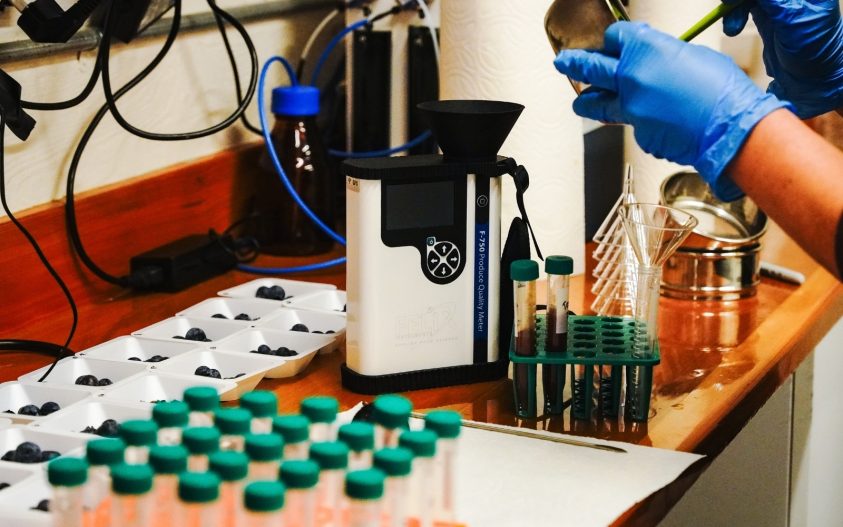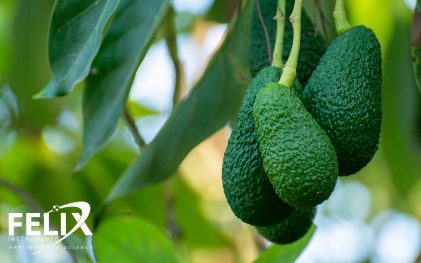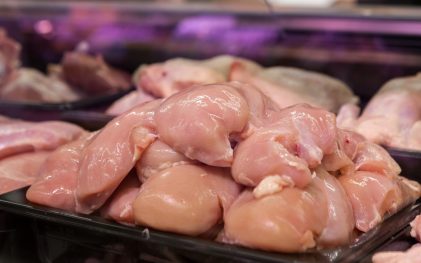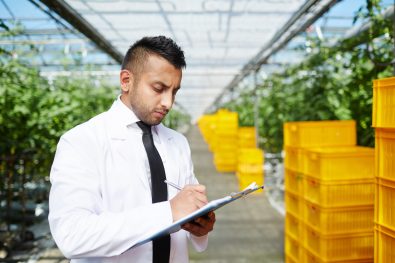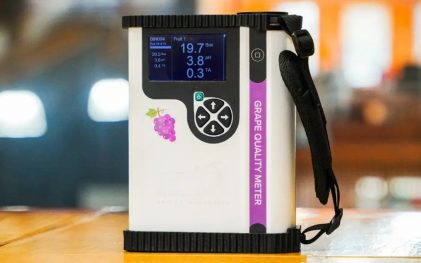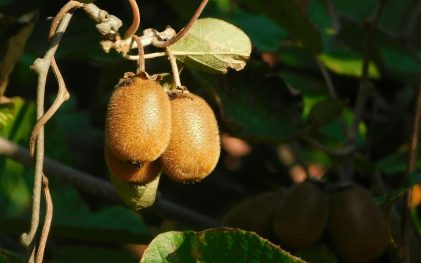Articles
What Is Titratable Acidity and Why Is It So Important in Fresh Produce?
Titratable acidity (TA) is measured as it is an indicator of quality, maturity, and taste in fresh produce. Measuring titratable acidity in the fresh produce supply chain can ensure quality, shelf-life, consistency, and consumer satisfaction. It is used to determine harvest time, quality control, sorting, grading, and regulatory compliance. Titratable acidity is a crucial intrinsic… Continue reading…
Additional reading
Fixed vs Portable Ethylene Monitoring Compared
Ethylene monitoring is central to maintaining fruit quality through storage, transport, and ripening. Even trace levels of ethylene, measured in parts per billion, can alter respiration rates, accelerate ripening, or shorten shelf life. Because ethylene’s impact varies across commodities and handling stages, the way it’s monitored determines how effectively operations preserve product quality and reduce… Continue reading…
How to Prevent Postharvest Quality of Table Grapes from Declining During Storage and Transport
Gray mold infection and rachis browning are the two main factors responsible for post-harvest quality loss of table grapes. Loss of appearance, weight, and firmness, shriveling, wilting, and bruising are some of the other prominent quality issues seen in postharvest grape clusters. Rapid moisture loss in berries, handling, and diseases are the three major postharvest… Continue reading…
F-750 vs TR Turoni 532: Which Produce Quality Meter Gives You Better Dry Matter Accuracy?
When measuring fruit maturity and postharvest quality, dry matter is one of the most trusted indicators. It’s the foundation for understanding ripeness, flavor potential, and storage performance across crops like avocados, mangoes, kiwifruit, and apples. In the debate of F-750 vs TR Turoni 532, both instruments are popular choices for non-destructive dry matter estimation. The… Continue reading…
What Are Brix Measurements and Are They Crucial in Fresh Produce?
Brix is the most common unit used in the food and beverage industry. Brix measurement is helpful in crop production, scheduling harvest, quality control, marketing, and processing. The use of Brix is widespread because it is easy and inexpensive, and it can be used in fields, storerooms, during transit, in shops, and in processors. Nondestructive… Continue reading…
What Is an Ethylene Monitoring System and Why Is It Critical for Fresh Produce?
Ethylene monitoring systems can have fixed or portable sensors. Other components of the monitoring systems could be data logging, data transmission, connectivity, remote access, and a control event scheduler. The sensors used to detect ethylene must be sensitive, selective, stable, rapid, and have the required lower limit and detection range. Ethylene monitoring in the postharvest… Continue reading…
How to Detect and Control Ethylene in Storage Rooms
Ethylene must be monitored and controlled as even trace amounts in parts per billion can cause over-ripening, decay, and spoilage. Fixed and portable gas analyzers that can detect and monitor ethylene levels in storage facilities are available on the market. Several strategies exist to lower ethylene levels, including venting, the use of ethylene inhibitors, scrubbers,… Continue reading…
